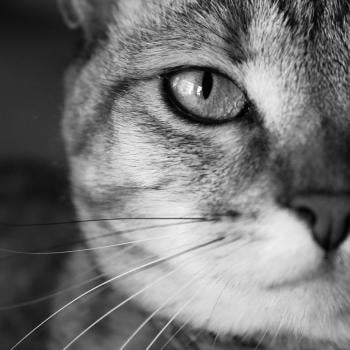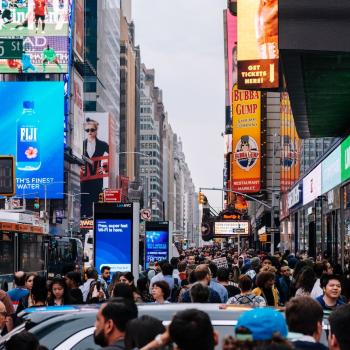
I was a good ten years into my spirituality explorations before I seriously tried meditation. I had wondered, “what’s the point?” I had believed that my mind was the vehicle that would garner me new spiritual insights—and wondered how thinking about “nothing” could result in something. But eventually, I got it.
I began to see that my ever-thinking, always analyzing mind didn’t have all the answers. In fact, it was sometimes getting in the way. I discovered that the quietude found in meditation had a way of bypassing the brain and speaking directly to the heart. It also gave my head a much-needed break, allowing me to calmly, simply be in the present moment. And isn’t that the only moment that really matters?
Meet Henry Shukman, one of the world’s foremost meditation teachers.
I first became aware of Henry through a few courses he taught on the Sam Harris Waking Up app. He unraveled the mystery of koans, explaining how they could help us bypass our overly logical minds. He also offered meditations like “What is it?” which memorably involves repeating that phrase over and over in search of new insights.
In his new book Original Love: The Four Inns on the Path of Awakening, Shukman touches on these topics and much more as he guides us through the various rungs on the “awakening” ladder. This includes several meditation techniques that range from the basic to the advanced. (To get a feel for Henry and his approach, go here.)
What I found most fascinating about Original Love were the many anecdotes Shukman had to tell, including one that will stay with me for a very long time. I’ve thought about it daily since I read it a week ago as it gives new meaning to the word mindfulness.
The Most Mindful Man in the World
Early in the book, Shukman discusses the true meaning of mindfulness asking the question, “What’s it like to be fully present and living in the present moment?” Personally, I like to think it’s a place I live in every day—until I read this anecdote. I’ve paraphrased the story below, with Henry’s exact words in italics:
A condemned man in China is given his last supper. It consists of tofu with roasted peanut sauce. After the meal, he is lead to his place of execution, where a guard asks if he has any last words. The man thought for a moment and then said, “Yes, I do. Please convey a message to my son. Please tell him that roasted peanut sauce goes very well with tofu, and that he should be sure to try it. And I love him very much.” Then he calmly went to his death.
Talk about being in the here and now! Facing death, the condemned man is totally present during the meal before his death. Many of us believe we are aware and fully present, when in fact we are only aware to a limited agree. We go through life thinking of the past, anticipating the future, but not tuned in to the “roasted peanut sauce and tofu” that is right in front of us.
What happens when one becomes enlightened?
Shukman writes of a famous meditation student named Yamada who experienced “great enlightenment.” One day while Yamada was meditating “the world collapsed and disappeared. And out of that nothing, boundless joy burst forth, a well-being and goodness beyond anything he had known before.”
What exactly happened to Yamada that day? It can be hard to put into words an experience so deeply personal and internal, but Yamada seems to have captured it in words:
I came to realize that Mind is not other than mountains, rivers, and the great wide earth, the sun and the moon and the stars. And I repeated it…
Shukman tells us that Yamada’s life was changed post-enlightenment—and wasn’t. “He still carried on his work as chief manager of a hospital and cared for his family just as before.” He went back to work even though “he lost his self as he’d known it and found a boundless self that was one with a universal love.” It is said that sitting with him was like “being in the presence of a mountain of compassion.”
It takes us back to the title of the book Original Love and how it looks when original love is something we live and breathe. He continues:
We go about our ordinary lives—pulling into the grocery store parking lot, ambling up the shopping aisles with a cart, driving to work, greeting colleagues at the office, seeing clients, making sales calls, and grabbing a bite of lunch with a friend. All this is the functioning of that original love.
Shukman sees meditation as a path to the endless, unremitting love that is available to all of us. As we welcome original love into our lives through meditation, it flows within us. “It’s pure love … love with every last trace of anything else extracted out of it.”
You’ll find stories on mindfulness and much more in my book Wake Up Call: Daily Insights for the Spiritually Curious.













